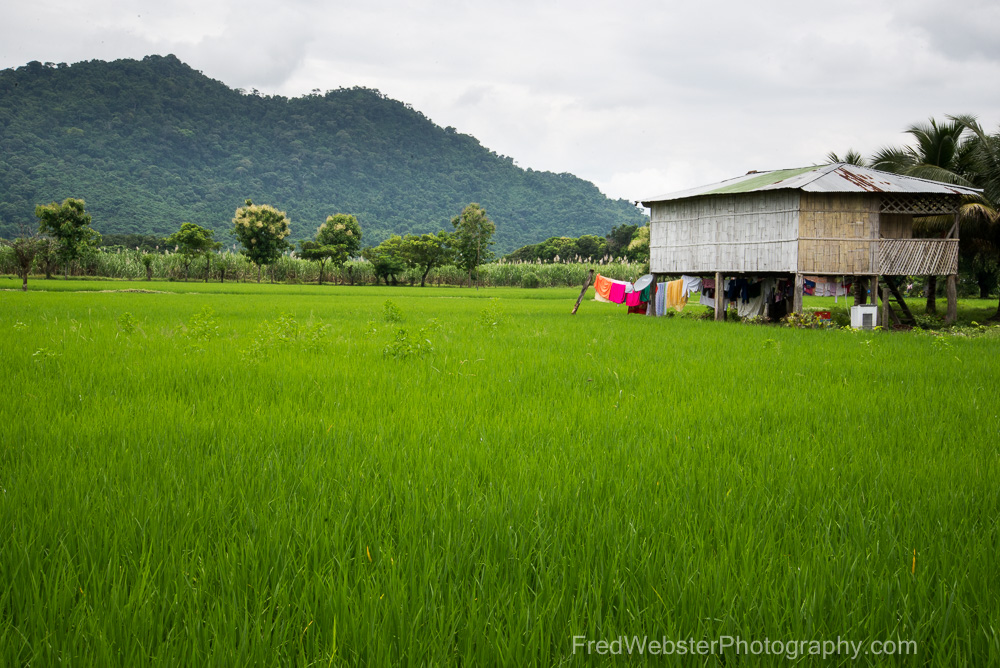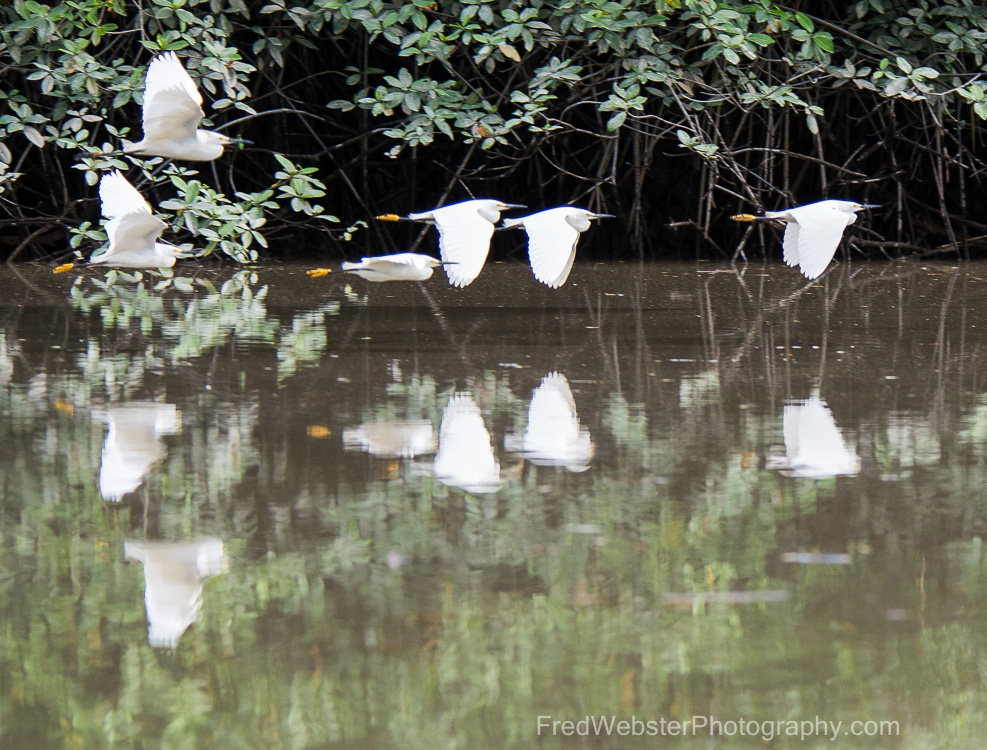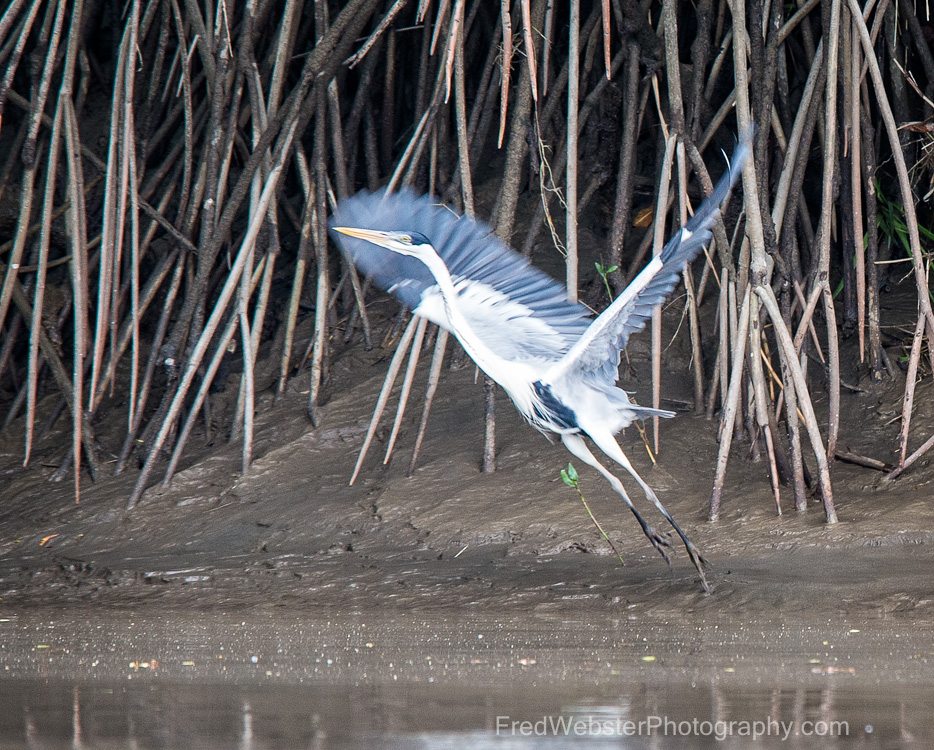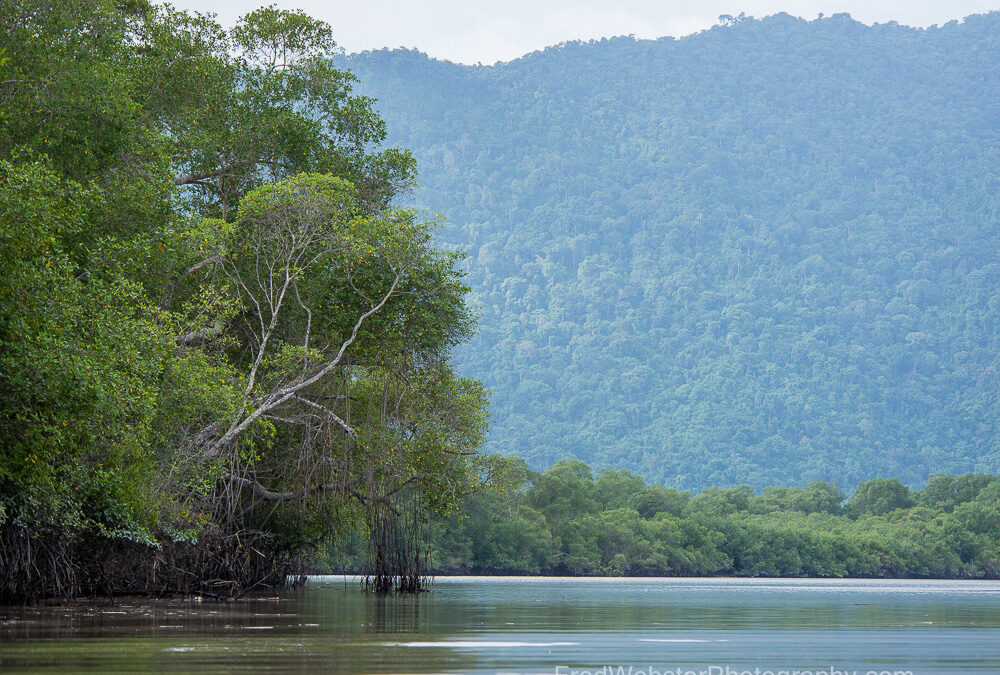Less than a half days travel towards Guayaquil took us to a Cacao plantation for a walk across the farm and a fascinating hands-on lesson on how chocolate is made. Cacao is Ecuadors biggest export. As we walked in the orchard we were able to pick the orange pods the size of a football, break them open and remove the white bean from its protective casing. The pulp with the beans are them placed into large wooden containers where they ferment for about a week.

The next step is to dry the beans in the sun before they can be roasted. Roasting is done by a chocolate maker rather than the farmer but we were shown how at the farm. Much like coffee roasting it is an art based on the type of bean and recipe. The roasted beans have a thin shel which needs cracking an removing, leaving pieces of pure cocoa.

Then the really interesting part takes place. The beans are ground into a paste of pure chocolate which has a strong, somewhat bitter taste. This can be quickly and easily changed with the addition of sugar, milk and other ingredients. Yum!

After lunch at the plantation we travelled onto the Manglares Churate Ecological Reserve where we boarded a boat for an excursion through the incredible mangrove forest. This important eco-system of Red and Black mangrove hosts a plethora of aquatic bird and other species.

We witnessed a stunning array of wildlife while traveling through the area which we would have not witnessed outside the mangroves. Species of white Ibis, Snowy Egrets, Osprey, Cocoi Heron, and pick Spoonbills.

These activities are close to Guayaquil, Ecuadors largest port city. I found this city to be more typical of many other coastal ports. It is busy, active, vibrant and modern, in sharp contrast to other places we visited in Ecuador. Up the coast are fabulous beaches which we did not have time to visit. There is a wide and plentiful choice of accommodation suited to every budget in the city. Our full day, late arrival and a very early flight out the next morning didn’t leave time to explore much.

